Description
What happens to the bean during roasting?
Chemically speaking, coffee roasting is the same as a crust of bread, when it is baked, a marshmallow, when it is kept over the fire and even a steak when it is grilled: the so-called Maillard reaction. But roasting coffee is the closest thing to making popcorn – it even smells like that in the first few minutes. The coffee bean slowly turns from green to light brown. The heat evaporates the rest of the moisture remaining in the bean and after about ten minutes the so-called “first crack”occurs: the pressure from the inside breaks up the internal structure of the bean. As with popcorn, you can hear this breaking open – but the shape of the coffee bean remains the same. It’s just a little bigger after the small explosion.
From now on, it is particularly important that the roasting master closely monitors the coffee beans. Because seconds can determine the taste of the coffee. Now the cholorgenic acid, which is natural but does not do the human stomach much good, is broken down, the fructose of the coffee bean is caramelised and the roasting aromas develop. If the coffee is roasted for too long, the valuable aromas can evaporate and only the bitter taste of the roasted aromas remains.
What tricks the industry uses
There is no time for perfection in industrial processes. Instead of the traditional drum roaster, about 15 minutes a day,
The coffee beans in the industry are shock-roasted in just 90 seconds. The lack of time should be compensated for by the more than twice as high temperature of 500°C. What comes out of all the hurry: to be outside
the beans are overroasted and the chlorogenic acid cannot degrade sufficiently inside. The coffee tastes burnt and is also bad for the stomach. You can do that – if the quality of the green coffee was not good anyway and you want to cover it up with a strong roasting aroma.
For speciality coffees like our Qottaa, it’s the wrong technique. And that’s why our coffee is roasted evenly and with the necessary calmness. So that the natural coffee flavours, which the elaborate cultivation methods of coffee farmers in Ethiopia have created, can fully unfold.
Really sustainable
As with all our coffee products, coffee is traded directly and fairly for your espresso, protects the natural biodiversity of Ethiopia and supports social projects for the children of coffee farmers.
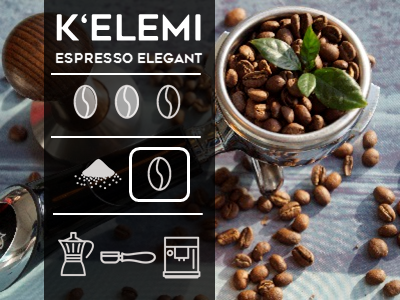
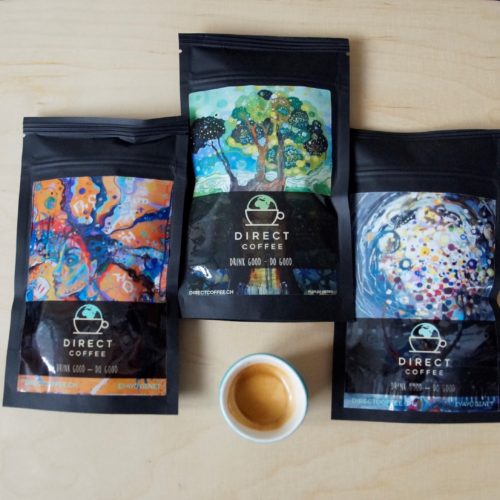

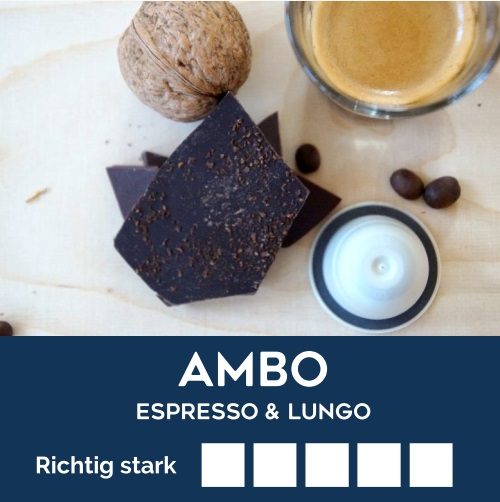
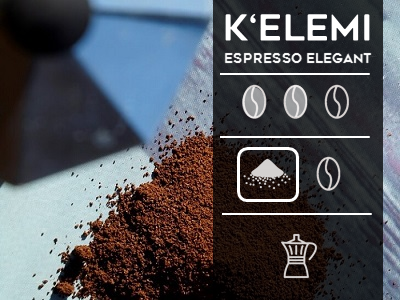
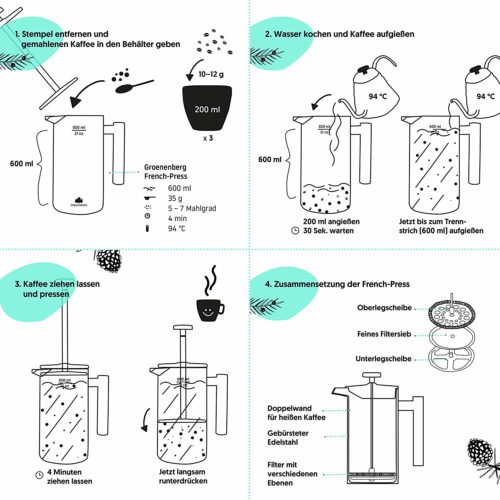

Reviews
There are no reviews yet.